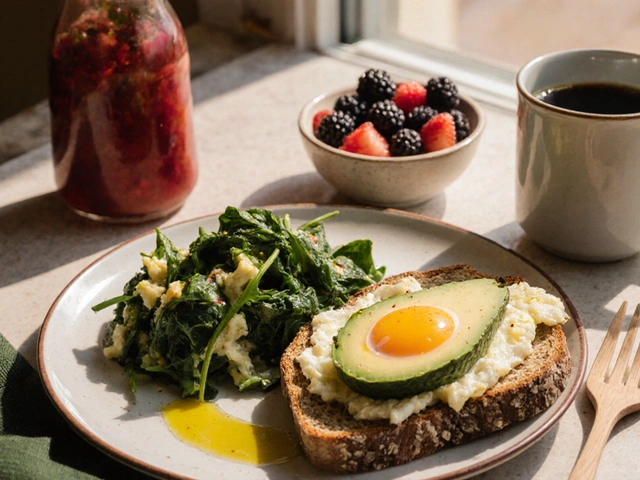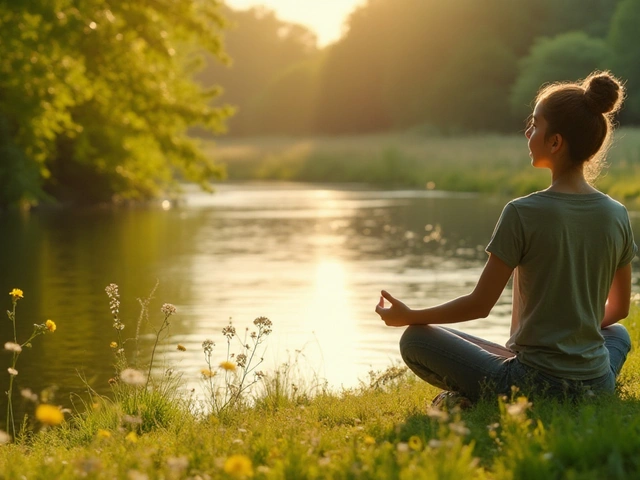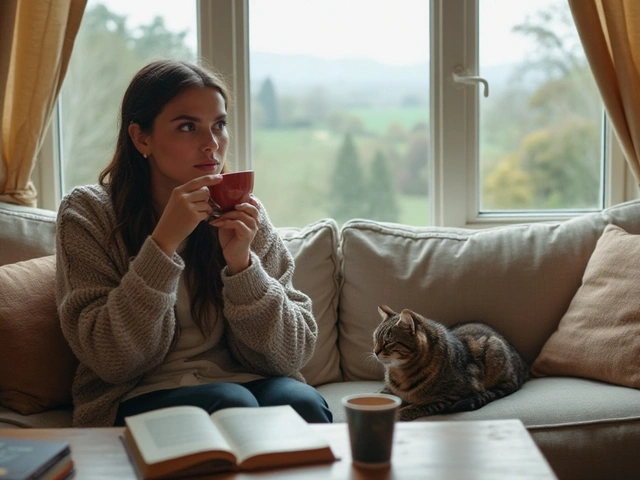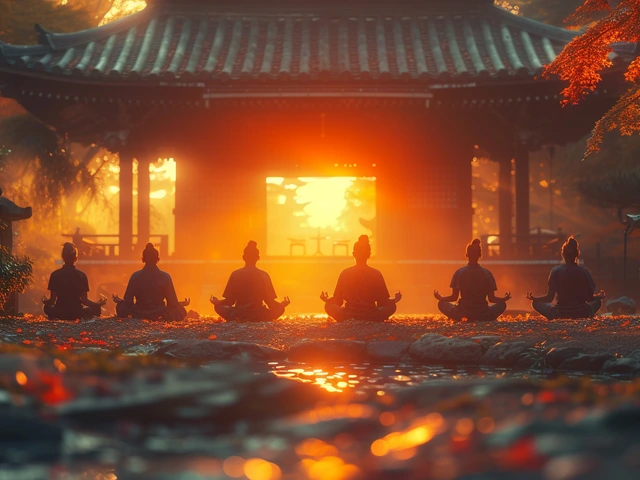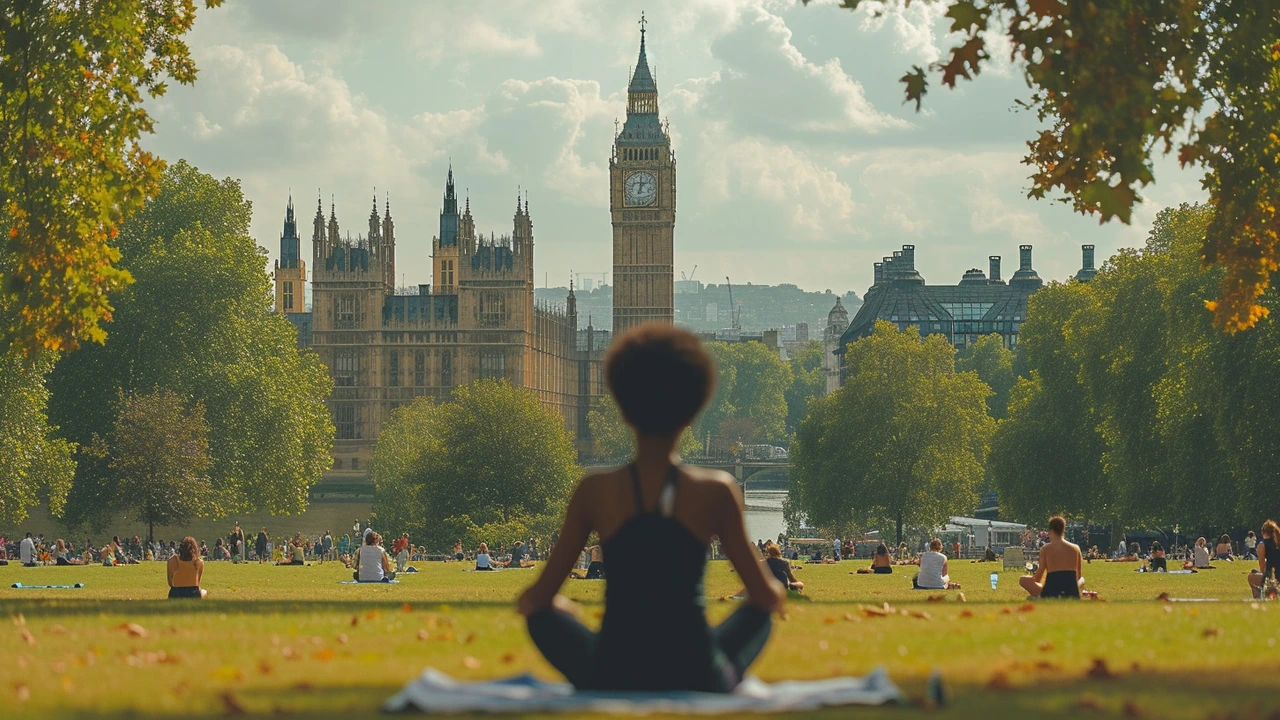
Understanding the Importance of Relaxation
In a world that's continually buzzing with activity—where our phones seldom stop ringing and our inboxes are always full—it's imperative we talk about the significance of relaxation. Not just a momentary lapse from the hustle but a deep, nurturing calm that resets our mental and physical compass. It's fascinating how our bodies respond to relaxation, essentially flipping the switch from a high-alert state to a serene, restorative mode. This transition is crucial, not just for our immediate sense of peace but for long-term health benefits such as lowered blood pressure, reduced stress levels, and enhanced immune system function.
Our exploration into relaxation isn't just a luxury; it's a necessity. The constant state of stress many of us live in is not sustainable. Chronic stress can lead to a host of health issues, including heart disease, anxiety disorders, and insomnia. Learning and practicing relaxation techniques offers a pathway out of the cycle of stress, towards a more balanced, serene lifestyle. It's a journey that asks for consistency, but offers immeasurable rewards in return.
Finding Your Personal Relaxation Technique
The beautiful thing about relaxation is that it's not one-size-fits-all. What soothes one person might not have the same effect on another. This personal journey to discover what best helps you to unwind is fundamental. It could be deep breathing exercises, which have been shown to slow the heart rate and lower blood pressure, or perhaps meditation, a practice with roots stretching back centuries that focuses on bringing attention to the present moment without judgment.
Exploring different activities can also uncover hidden paths to relaxation. Crafting, gardening, or even cooking can serve as meditative practices. The rhythmic nature of these activities, coupled with the focus they require, can produce a calm, mindful state. Physical activities, such as yoga or walking, combine movement with breath control, further enhancing the relaxation experience. The key is to keep an open mind and heart during this exploration, allowing your instincts to guide you towards what feels most beneficial.
Deep Breathing: A Foundation of Relaxation
At the core of many relaxation techniques lies deep breathing. This simple yet profound practice can be done anywhere, anytime, requiring no special tools other than a few moments and a willing spirit. By focusing on taking slow, deep breaths, you can initiate a relaxation response, a physiological change that promotes a state of calmness. The beauty of deep breathing lies in its immediacy; within minutes, you can begin to feel its soothing effects, from a slowed heart rate to a quieter mind.
There are various deep breathing techniques, such as diaphragmatic breathing, 4-7-8 breathing, or belly breathing, each with its approach but the same goal: to bring about a sense of peace and relaxation. Practicing regularly not only helps in acute stress moments but can also improve overall respiratory and cardiovascular health. It’s a testament to how intertwined our mental and physical well-being truly are, and how simple practices can have profound effects.
Meditation and Mindfulness: Cultivating Inner Peace
Meditation, often intertwined with mindfulness, stands as a pillar in the realm of relaxation techniques. It’s a practice that teaches us to be present, to observe our thoughts and feelings without judgment, and to discover a sense of peace within ourselves. Meditation can take many forms, from guided to silent, mantra-based to mindfulness meditations, offering a range of approaches for beginners to seasoned practitioners alike.
The benefits of meditation extend far beyond the immediate relaxation it can bring. Regular practice has been linked with reduced symptoms of anxiety and depression, better sleep, and even changes in certain areas of the brain associated with memory, sense of self, and empathy. Perhaps most importantly, meditation offers a way to navigate the ups and downs of life with a greater sense of calm and resilience.
Physical Activities: Moving Towards Relaxation
It might seem paradoxical, but physical exertion can be a profound source of relaxation. Activities like yoga, which combines physical postures with controlled breathing, or tai chi, a form of gentle Chinese martial arts, are renowned for their stress-relieving properties. Even something as simple as a brisk walk in nature can shift your mindset and reduce stress levels.
Engaging in regular physical activity not only helps release built-up tension but also boosts endorphins, chemicals in your brain that are natural painkillers and mood elevators. It’s a holistic approach to managing stress, offering benefits that permeate both mind and body. The key is finding an activity you enjoy, making it far more likely you’ll incorporate it into your regular routine.
Creating a Relaxation Routine: Integration into Your Life
Understanding the importance of relaxation and exploring various techniques can lead to profound discoveries, but the true transformation lies in integration. Creating a daily relaxation routine, even if it's just a few minutes, can have significant impacts on your well-being. The consistency aids in building resilience against stress and fosters a mindful approach to life.
Starting small and gradually building up can help make this practice more manageable. Perhaps it begins with five minutes of deep breathing each morning or a nightly ritual of journaling or gentle yoga before bed. The consistency and dedication to this practice are what cultivate a deeper, lasting sense of tranquility and well-being.

